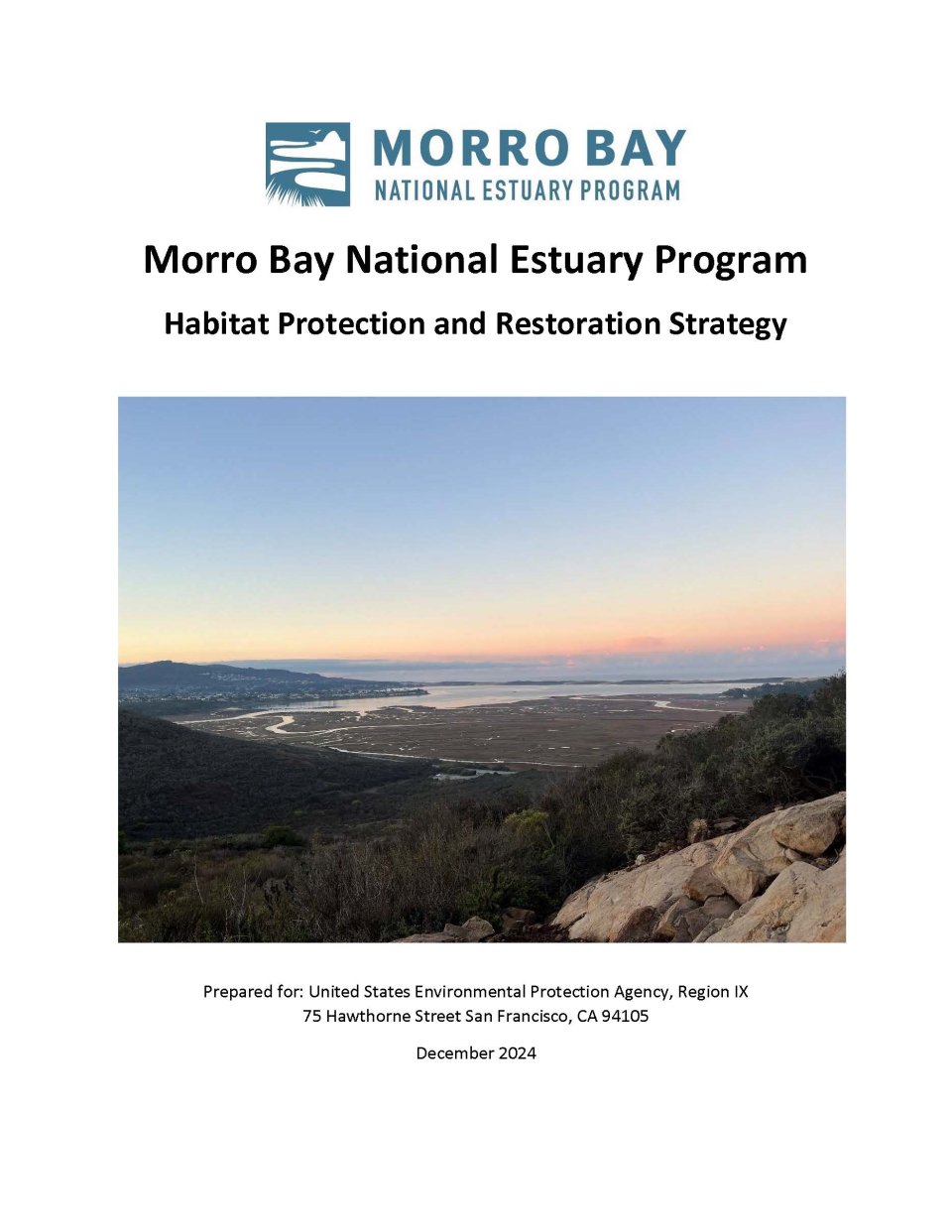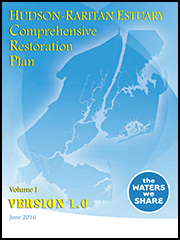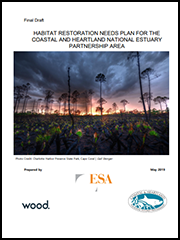Habitat Plans from the National Estuary Program
On this page:
NEP Communities Design Local Solutions for Restoring Habitat
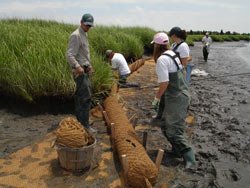
At the 28 National Estuary Program (NEP) Study Areas around the country, local stakeholders work together to identify and prioritize the problems in their estuaries. Each NEP develops a Comprehensive Conservation and Management Plan (CCMP) that contains specific actions that address the whole range of environmental problems facing the estuary, including habitat loss and degradation.
These wide-ranging actions include:
- efforts to acquire or preserve open space;
- development of conservation easements for riparian buffer areas;
- restoration or creation of habitats through revegetation programs;
- efforts to improve water quality through upgrades in wastewater treatment plants, and stormwater and septic systems
- monitoring and mapping of critical areas; and
- public outreach and education activities.
All of these efforts are carried out through partnerships between federal, state and local agencies with assistance from private and nonprofit sectors and citizens.
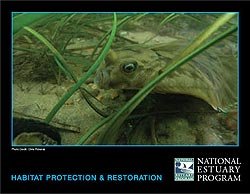
For highlights of specific NEP efforts, please see the National Estuary Program: Habitat Protection and Restoration booklet.
Examples of NEP Habitat Plans
